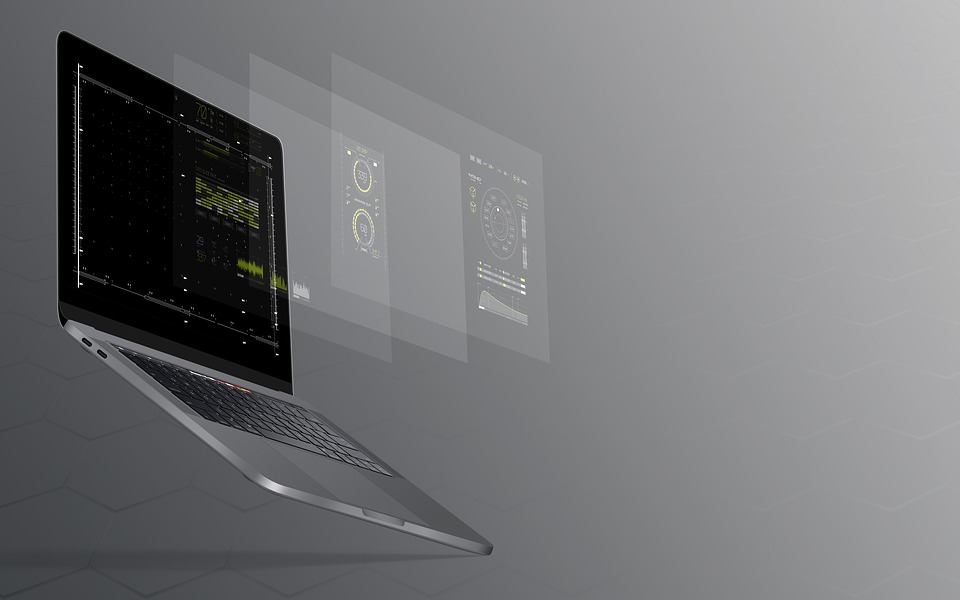Hardware and software communicates via a tool that’s called system resource. For instance, you want to save weight gainers – Top 5 list by DbolMG data into a hard drive. The computer makes use of a system resource. Below is further explanation.
When a software wants to send data to a device such as saving a file to a hard drive, or when a hardware needs attention such as when you press a key on a keyboard, the hardware or the software uses system resources to communicate.
There are 4 types of system resources which are the memory addresses, input/out put addresses, interrupt request numbers (IRQ), and direct memory access channels.
4 Types of System Resources
INTERRUPT REQUEST NUMBERS
When you press a key on a keyboard, the keyboard sends a message to the cpu that a key had been pressed. The cpu on the other hand is already busy doing something else. So the keyboard will send a voltage on a IRQ line assigned to it. This voltage will serve as a signal to the cpu that a device has a request that needs processing.
MEMORY ADDRESSES
An operating system relates to memory as a long list of cells that is used to hold data and instructions. It’s like one dimensional spreadsheet.
A memory address is like a seat number in a theatre. Each seat is assigned a number regardless if someone is sitting on it. The person sitting on a seat represents data or instructions saved into it. And the OS does not refer to the seat by the name but only by the seat#.
The memory address are usually displayed in hexa decimal # in segment:offset form.
INPUT/OUTPUT ADDRESSES
Input Output addresses or simply called Ports are numbers used by the CPU to access hardware devices. It works the same as CPU using memory addresses to access physical memory. The address bus in the motherword carries a lot of signals to access devices. I/O works like a telephone party line where everyone hears the signal but only one responds. Each part responds only to a signal that is set specifically set for them.
DIRECT MEMORY ACCESS CHANNEL
This is a shortcut method that lets the input output device send data directly to memory by passing the cpu. The DMA channel is less popular than they were before because the design makes the computer run slower.
